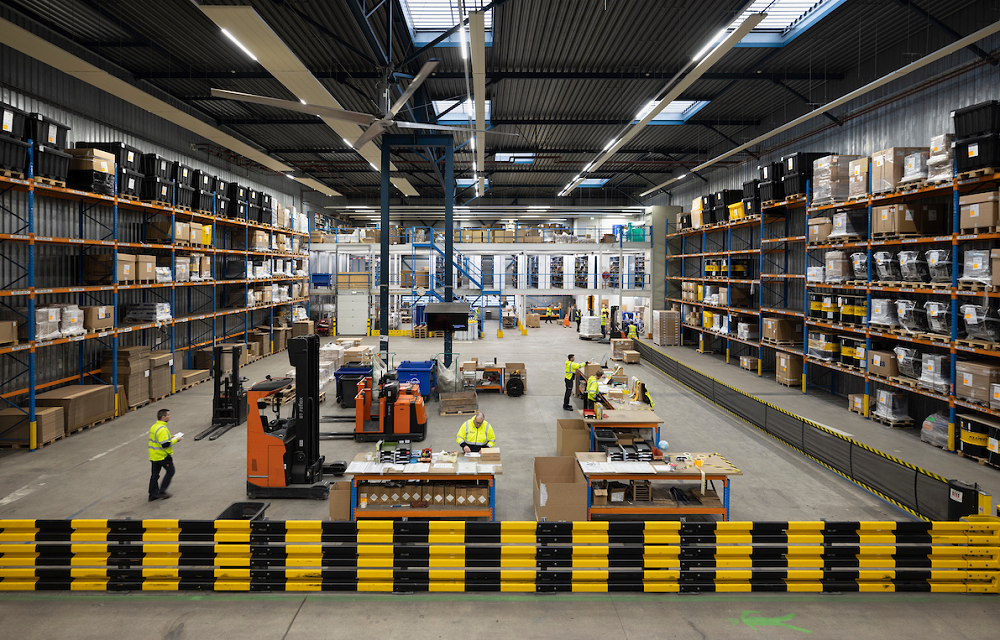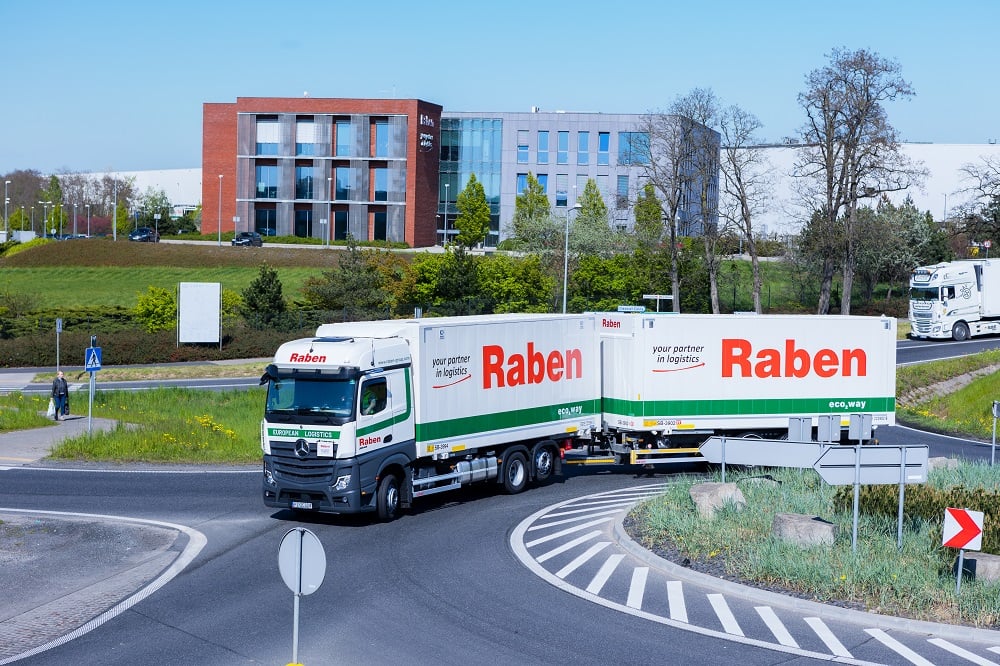
Region:Europe
Client:Wilhelmsen
Industry:Transportation & Logistics
The voyage to intelligent automation excellence

15
processes automated
11,000
hours saved
$300,000
saved
$1M
savings potential
Client Overview
Founded in Norway in 1861, Wilhelmsen provides everything global merchant shipping needs. From crew and technical management to the largest and most complex vessels ever to sail, it has it all. With operations in 60 countries, the company keeps global trade moving with innovation and sustainability in mind.
Maritime trade has been at the heart of global development for millennia. Stone Age populations are thought to have used canoes to trade between mainland areas and coastal islands. Fast forward to 2023 and businesses like Wilhelmsen are at the forefront of innovative shipping, exemplified by its world-first autonomous ships.
The company sees huge value in software to improve operations—and not just regarding piloting vessels. Wilhelmsen’s Global Business Services (GBS) department uses automation based on robotic process automation (RPA) to undertake repetitive, manual tasks. In doing so, it’s taken a voyage from the proof of concept (PoC) stage to a fully-fledged automation service.
Launching automation
Nick Edward is head of intelligent automation in the GBS business unit. “The GBS division was founded in late 2019 to offer central HR, finance, IT, and administration services to business units within the Wilhelmsen group,” he explains.
At the time, there was already some use of automation throughout the company, and GBS management could see huge opportunities for it in the GBS department as it delivered back-office functions to other business units. Many of the tasks it was taking on were repetitive, manual, time-consuming, and open to error. Automation presented a perfect way to deliver efficiently and effectively.

Within months of the inception phase within GBS Finance, a lean team was set-up with support from an external consulting company that led to creating four automations as a PoC. These proved to be a tremendous success. “The first one was in finance,” continues Edward. “It dealt with intercompany transactions. We trade globally with lots of payments going between each part of the business. They all need to be netted to understand the bigger financial impact.”
This was a significant manual undertaking that had to be completed centrally, with 350,000 transactions to handle every year. As a result, a huge backlog had developed. This would have taken three years for a full-time member of staff to clear. “The software robot cleared them in two months,” Edward says with obvious pride. “It was a fantastic test case because it wasn’t business critical, but still presented a huge headache. When complete, there was a real buzz and excitement.” The process is still run by the automation today and continues to make an impact.
Full steam ahead
The success of the first robots led to interest from within the GBS department, but also throughout the wider business. “Ideas started coming to us for all sorts of automations, from everywhere,” continues Edward. “We realized we needed to build a governance model to ensure the approach didn’t become disjointed.”
At this point, Edward’s team also realized there was a bigger opportunity for GBS and its established Intelligent Automation team, which is headed up by Edward. Rather than just building automations for the departments within GBS, Edward’s team grabbed the chance to offer automation product development, lifecycle management, and services across the business units within the Wilhelmsen group. To explain, instead of just building a robot to handle a finance/IT/HR task that his organization would take on, under the umbrella of GBS Transformation team and the blessings from the management, GBS Intelligent Automation team stepped forward to sell the team’s expertise to other business units so they could benefit the same from the built-up automation competence/capability within the group.
“We paused and decided that we needed a different structure and strategy to achieve this. We hired more people and bought in offshore support from a dedicated team in India to help build and maintain the software robots. This ensures we have consistency and hold onto knowledge. The strategy was then to scale up our work, roll it out, and become ambassadors for automation.”
Becoming ambassadors
To ensure the strategy worked, Edward and GBs management knew the automation team must get as many people on-board as possible—at all levels within the business. “We needed the execs and everyone else to know how automation could help.”
They went about running webinars, awareness sessions, telling success stories on its intranet, even doing work-shadowing to mine for tasks that could be automated. This soon led to significant development.
We were asked to create an automation to support customer service department in one of the biggest business units in the group, to support the unit to run billing and invoicing towards their customers more efficiently through their enterprise resource management system.

“There were three processes which were heavily manual, with many clicks of the mouse. And there were 108,000 invoices to handle each year, across around 120 countries. The project saved about 3,000 work hours given back to the business each year.”
There are now 15 examples of automation throughout the business, in finance, supply chain, customer service, and a lot of other business units. The results have been impressive.
We saved the business 11,000 hours between the end of 2018 and early 2023. This translates as a saving of $300,000 a year with the opportunity to grow this to $1 million.
Nick Edward • Head of Intelligent Automation, GBS Business Unit
Bringing staff on the voyage
In some instances, automation can cause worries among employees who may see it as a threat. But Edward is pleased to say it’s not been an issue at Wilhelmsen. “People are excited. They can see how it will relieve their workloads. They’ve been able to step away from the ‘doing’ and become managers or controllers of processes.”
In fact, one finance manager told me automation was a game-changer. But he also felt it added interest to his work. He said there was a fun and rewarding element to it. He was eager to do more.
Nick Edward • Head of Intelligent Automation, GBS Business Unit
Sailing into the future
The GBS Intelligent Automation team is now thinking of the future and has plans to expand the use of automation with more parts of the company. This will help embed its vision to become an automation service provider, not just an automation and transformation project consultancy team. “We really want to get into business critical processes such as customer facing tasks, payment processing, ERP releases and testings, etc.,” Edward enthuses.
We also want to expand the technology we use to encompass more AI and machine learning. Specifically, using natural language solutions for document understanding and creation. Eventually, we want to have a mix of RPA, intelligent automation and more.
Nick Edward • Head of Intelligent Automation, GBS Business Unit
“If I were giving advice to others considering automaton, there are three key things I’d suggest,” Edward adds. “Firstly, always align to a strategy. It’s incredibly hard to get buy-in from people if there’s no clear strategic plan. A PoC can come first, but then the strategy needs to be clear. There’s no place for random automations.”
Secondly, he says it’s important to find the right people to be automation champions. “Building an automation programme isn’t a one person show. Trying to do everything yourself is very limiting. You need to have a united front to show the business value from automations. If you can get top execs to be evangelists, it can support success.”

“Finally, visualize outcomes and show results. This helps you scale and sustain progress. Have clear metrics and make them easy to understand. And it’s not just about full-time roles saved or money. It must be about how the automation has changed business processes and created business outcomes that unlocks transformational value—anything from increasing quality and compliance, productivity gains, increasing turnaround times, enriching customer experience, employee engagement, and the like.”
And this is a vital point to make because automation isn’t just about time and money savings. It’s about tangible business outcomes: transformed costs to deliver higher returns, profitable growth, and improved employee and customer experience. All while reducing risk.
These are the factors that make automation a strategic priority—and which have helped Wilhelmsen add value to its business. Because to remain at the cutting-edge of innovative global shipping, new ways of thinking and acting are vital.
Related case studies
Ready for your own case study?
Speak to our team of knowledgeable experts and learn how you can benefit from agentic automation.





